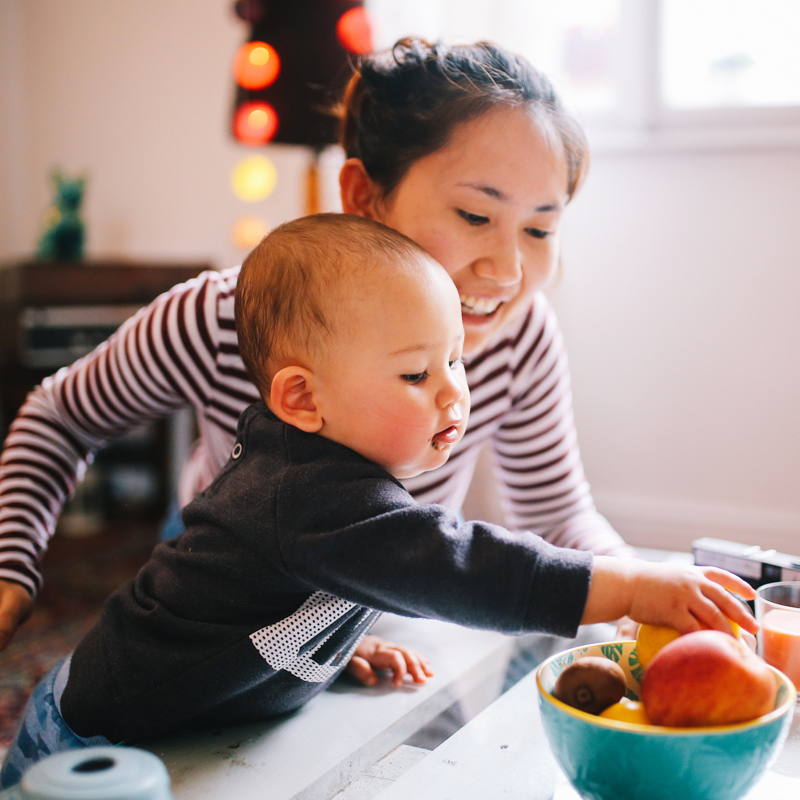From the NICU to Thriving at Home
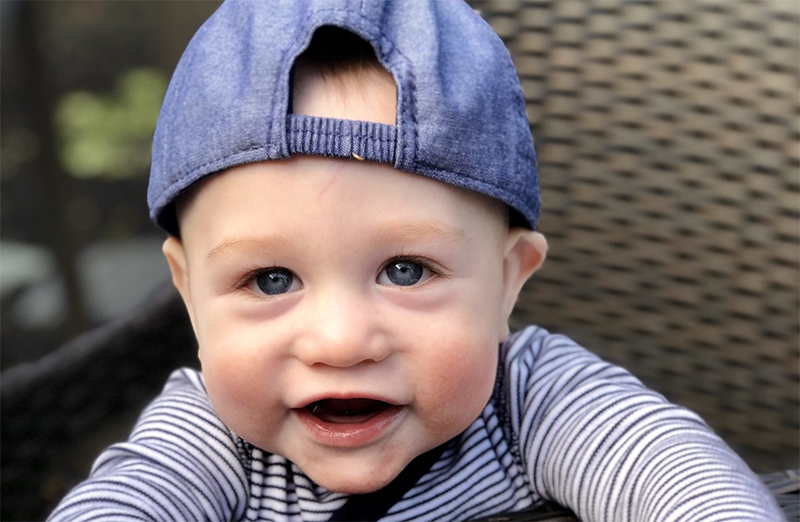
December 16, 2020
In the spring of 2019, Sarah Garland and Keith Wallenstein were eagerly awaiting the birth of their first child. With three months to go before the August due date, they were still debating names.
At 28 weeks, Sarah was diagnosed with pre-eclampsia with severe features including urine protein levels that were so high her kidneys were in danger of shutting down and her medical team feared she was at risk for a stroke or seizure.
She had planned to deliver her baby at Pascack Valley Medical Center, but given the seriousness of her condition, she was admitted to Hackensack University Medical Center, where Joseph M. Sanzari Children’s Hospital, a level III NICU, is also located, in case the baby required intensive care. It was hoped that with bed rest, an early delivery could be postponed until at least 36 weeks.
But that didn’t happen. Sarah’s condition worsened quickly. She developed HELLP (hemolysis, elevated liver enzymes, low platelet count) syndrome, a life-threatening condition for both mother and baby, and an emergency c-section was scheduled three days after admission.
Sarah and Keith’s baby boy, Owen, born 12 weeks before he was due, weighed only 2 pounds, 6 ounces, and at less than 24 hours old, suffered a pulmonary hemorrhage, a complication that sometimes occurs in premature infants. “Pulmonary hemorrhage carries a high mortality rate,” says Sabrina Malik, M.D., a neonatologist who cared for Sarah and Keith’s baby during the 76 days he stayed in the hospital’s neonatal intensive care unit (NICU).
A Herculean Effort
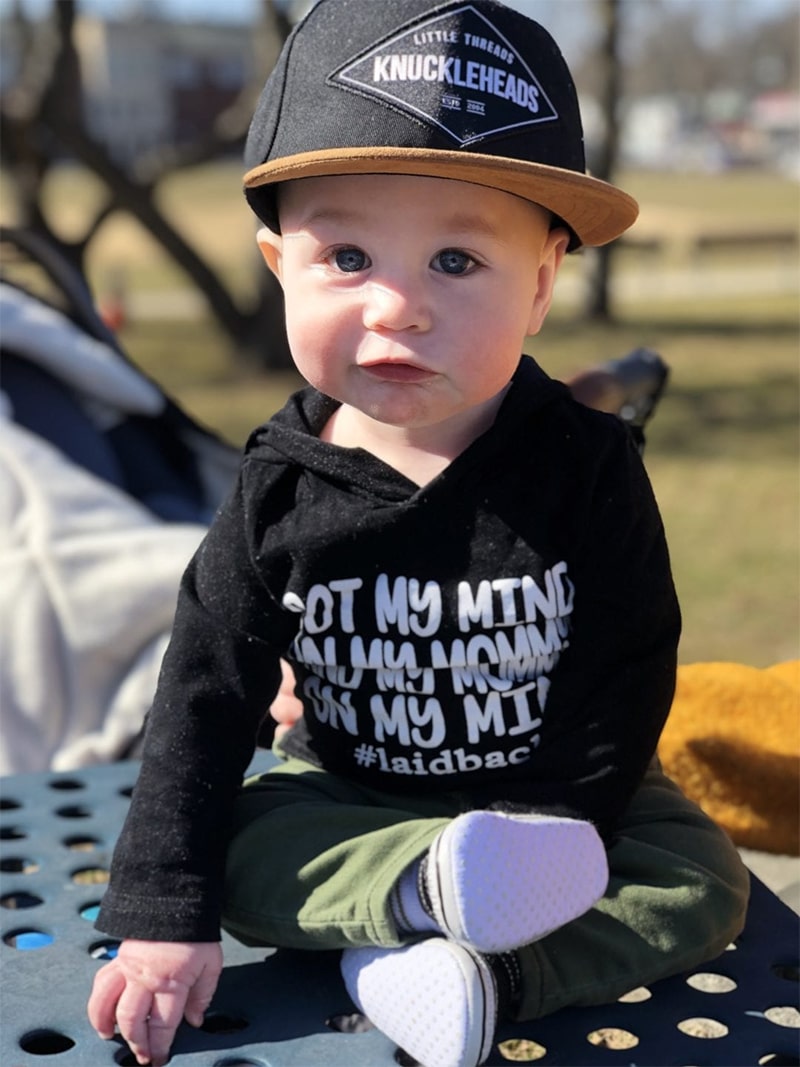
The care team launched a herculean effort to save the baby’s life. They had to resuscitate him 10 times before he finally stabilized. “He had a rough go of it. The first 48 hours were scary for everyone,” says neonatologist Anne-Lise Jacobsen, M.D.
After the medical team whisked him away during the emergency c-section, Sarah faced an uphill battle herself. It wasn’t until she recovered enough from giving birth—30 hours after her baby was born—that she was able to see him for the first time.
Once the bleeding from the pulmonary hemorrhage was stopped, Owen experienced a cascade of reactions stemming from the loss of blood, including low oxygen levels and low blood pressure.
The low oxygen levels were of particular concern to the care team because of the potential for bleeding in the brain and the possibility of developmental issues. “Even without the issues that he had, just the fact that he was premature put him at risk for learning issues and neurodevelopmental delays,” Dr. Jacobsen says.
Adds Keith: “Days into an unexpected start to fatherhood, watching your baby hooked up to a room of machines keeping him alive, you just want to know that it’s going to be OK. He’s going to be OK. But they can’t tell you that. They don’t know. There’s no crystal ball to say this is what the expected outcome is.”
But day by day, Owen made progress. During those first days his parents couldn’t touch him, but after a week, they were allowed to provide kangaroo care; hold him skin-on-skin. Ten days after he was born, he opened his eyes for the first time, and by three weeks, he weighed 3 pounds.
Preparing for His New Life at Home
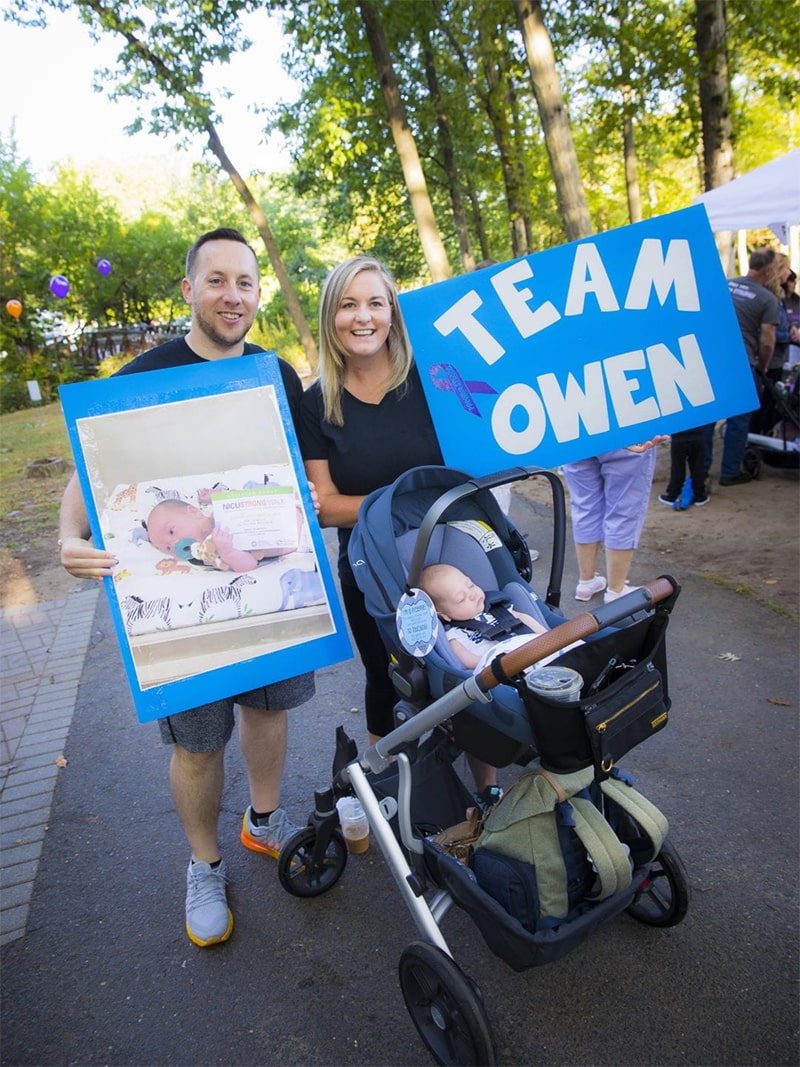
In the days and weeks Owen made gains toward being able to go home, the care team got his parents ready for taking care of their son without NICU team members to support them, says neonatologist Marwa Khalil, M.D.
As part of the Children’s Hospital, Sarah and Keith had access to a variety of pediatric sub-specialties to prepare for their transition home. A nutritionist taught Sarah and Keith how to provide nutritious food and how to properly feed Owen. Occupational and physical therapists showed them exercises and stretches that they could do at home to help Owen’s development. Nurses taught them how to do CPR and how to take Owen’s temperature, and ran through scenarios they might experience so that when they found themselves in those situations, they could overcome their initial panic and remember what they learned at the NICU.
“When parents are compliant and follow the plan of care, the outcome is much better,” says Dr. Khalil. “It’s an investment in every part of Owen.”
More than a year after Owen’s birth, his parents are still in awe of the investment the NICU team made in their son and them. “I cannot speak highly enough about the level of care they gave throughout the whole thing, especially the nurses,” Keith says. “It’s psychological care, it’s emotional care, it’s physical care, it’s care in every sense for Sarah and me, and, obviously, for the baby.”
That exceptional care set them and Owen up for success. Now, at 19 months old, Owen is seeing a number of specialists and has some developmental delays, but overall, he is happy and thriving, walking everywhere and learning words.
Every night when Keith and Sarah put their precious son to sleep, they sing him a song that they wrote for him during his first days in the NICU, which one of the music therapists on staff put to music for them. “That was something we’ll remember forever,” Keith says, “and we’ll sing to Owen forever.”
Next Steps & Resources
- Meet your sources: Sabrina Malik, M.D., Anne-Lise Jacobsen, M.D., and Marwa Khalil, M.D.
- To make an appointment with Sabrina Malik, M.D., Anne-Lise Jacobsen, M.D., Marwa Khalil, M.D. or another provider, call 800-822-8905 or visit our website
The material provided through HealthU is intended to be used as general information only and should not replace the advice of your physician. Always consult your physician for individual care.
Edison Doctor Treats Rare Craniosynostosis in Infant Girl
When Layla Maloney was born in June 2020, the back of her head was a little flat, a common condition called plagiocephaly.
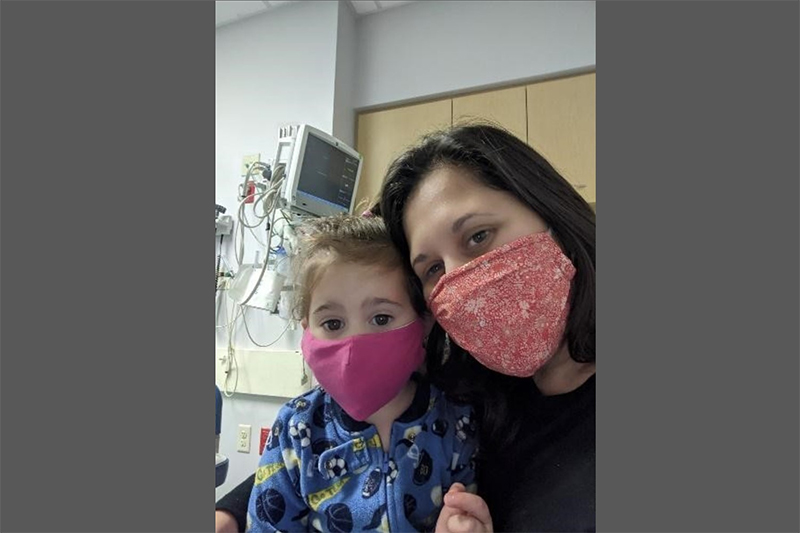
My Story About Taking My Daughter to the Emergency Room – Laurajean
Mom, Laurajean, joins HealthU for a Q&A about her recent experience in the pediatric emergency room during the COVID-19 pandemic. She encourages other parents and guardians not to wait if their child needs care.
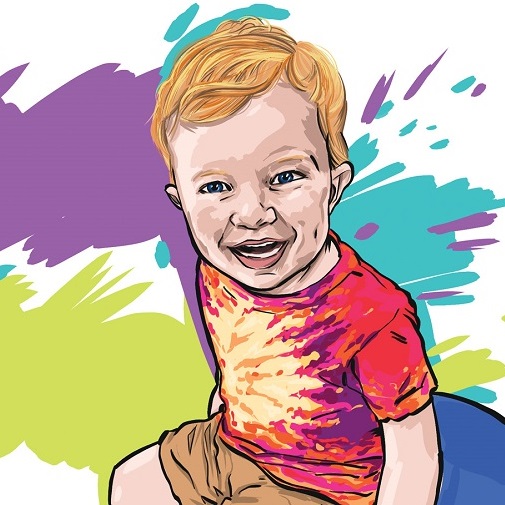
3-Year-Old Now Seizure-Free
After 18 hours of labor, an almost-10-pound Braydin was delivered via cesarean section, and for a while, seemed healthy.
